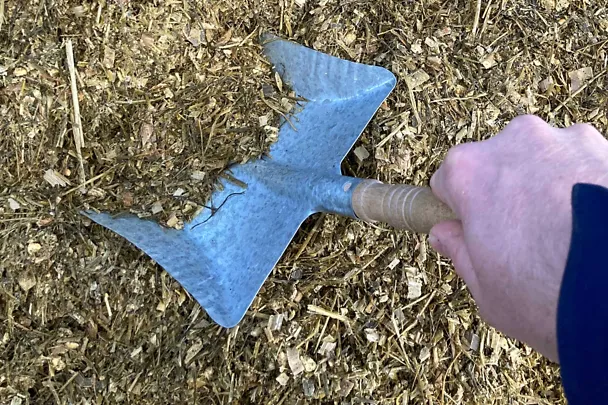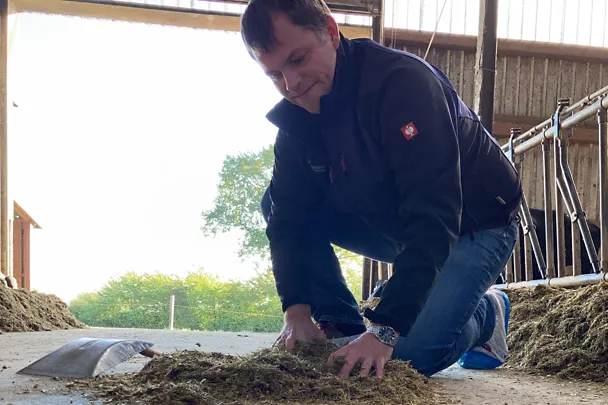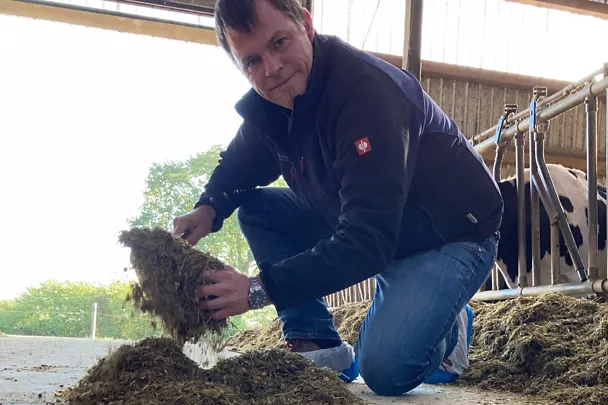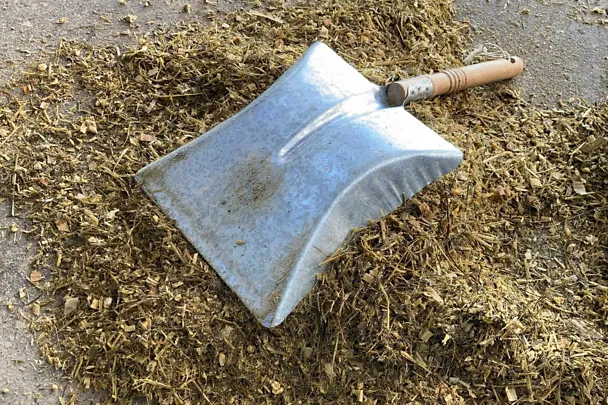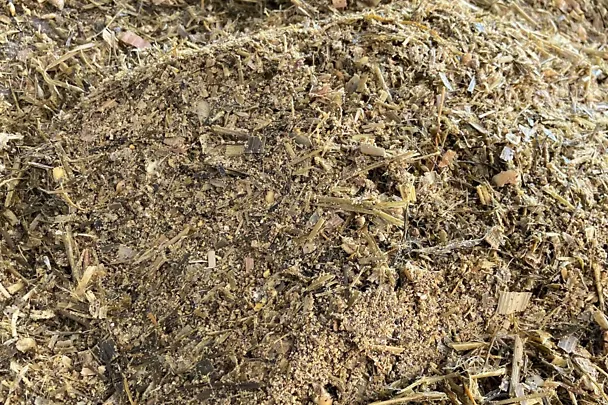Preventing feed selection - the only way rations work
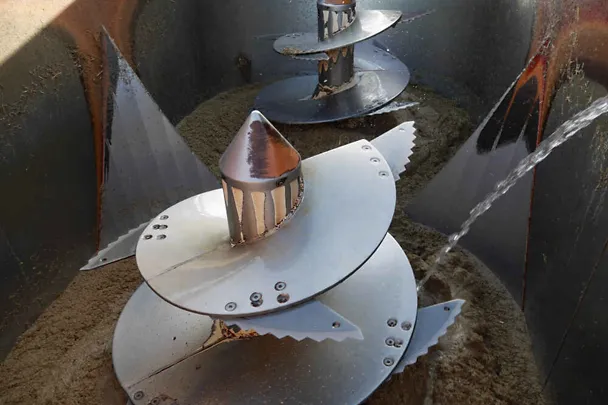
The problem of feed selection exists on many farms. If the animals can divide the total mixed ration (TMR) into its individual components, they only eat certain components of the ration and not what is provided for in the ration calculation. The selection of the TMR therefore calls every ration calculation into question.
Feed selection often goes unnoticed. A low animal-to-feeding space ratio exacerbates the problem. Lower-ranking, weaker or sick animals are pushed away from the trough and have to make do with the ‘leftovers’. Mixed rations with a high DM content in particular can support selective feeding behaviour. This ensures that the rumen pH value fluctuates greatly throughout the day. The fluctuating rumen pH values can cause subacute rumen acidosis, which is associated with various problems such as fertility disorders or hoof problems.
Indications of feed selection are:
- A nervous mood in the barn during feed presentation
- Scrabbling and pushing in the TMR (‘hole feeding’)
- Animals with good and bad rumen filling stand side by side
- Different faeces consistency of the animals
- Milk performance and ingredients scattering
- Different body conditions
Altered TMR composition
With a selectable ration, the feed on the feeding table is a far cry from the original mixture just six hours after being presented. Figure 1 shows the effect of feed selection based on our own investigations using a shaker box. In normal TMR, the proportion of concentrated feed decreases sharply compared to roughage. The proportions in the compact TMR show a uniform distribution, so the TMR remains tempting.
Without long soaking
In simplified SCHAUMANN compact TMR, the concentrated feed is mixed with water in the feed mixer. The concentrated feed is ‘stuck’ to the basic feed to prevent selective feeding of concentrate parts of the TMR. To stabilise the rations against reheating, use SCHAUMASIL 5.0 (liquid) or SILOSTAR TMR PROTECT (granules). Figures 2 and 3 show an example of operations before and after the implementation of feeding with simplified compact TMR according to the SCHAUMANN concept. The variance of yield of individual animals could be significantly reduced.
Your advantages at a glance:
- Tranquillity in the barn even during feeding
- Consistent quality of rations
- Higher feed intake
- Less variance of milk yield and contents
- Uniform condition of the cows
- Easier herd management
Making selection visible with the bucket test
You can use the shovel test to check your mixed ration on the feed table (see picture gallery).
Step 1: Place the TMR sample on a straight and smooth surface with a shovel.
Step 2: Mix the sample with your hands to imitate the cow rooting.
Step 3: Now push the well-mixed TMR sample onto the shovel and turn it over.
Step 4: Check the result: If the TMR is selectable, the fine feed particles, such as concentrates and minerals, will settle to the bottom of the feeding table when the sample is mixed through.
Slide 1 of 5
